Topic/ Food & Agriculture / In-depth
Precision Fermentation & The Dairy Disruption
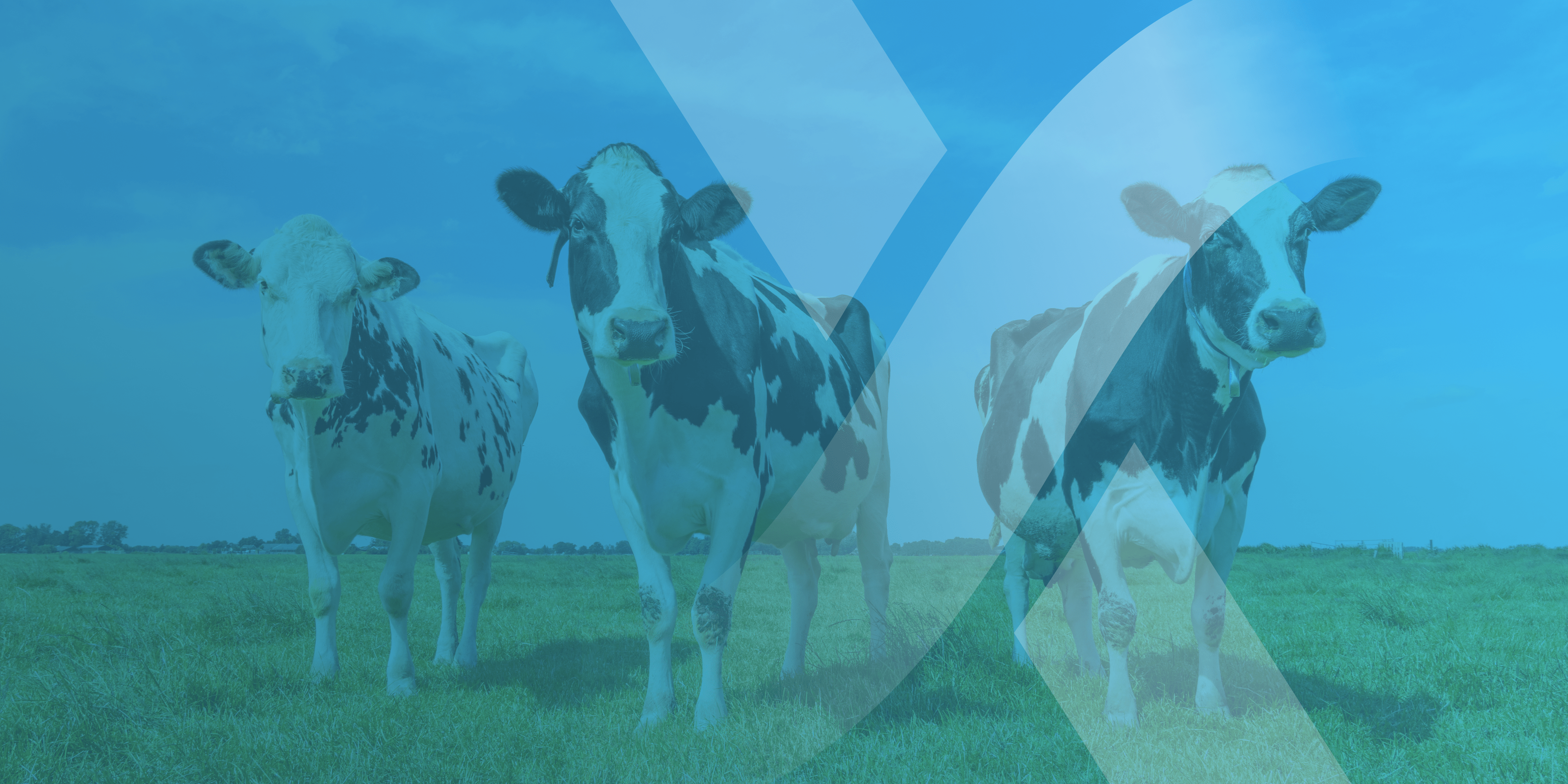
The disruption of our food and agriculture system by novel food technologies will begin with the dairy industry
Precision Fermentation products will be cheaper, more efficient, and use less land and resources than current modes of dairy production
The industrial livestock model has reached its limit in terms of scale, reach and efficiency.
As the most inefficient and economically vulnerable part of our food & agriculture system, dairy products will be the first to feel the full force of the novel food disruption by emerging technologies like Precision Fermentation.
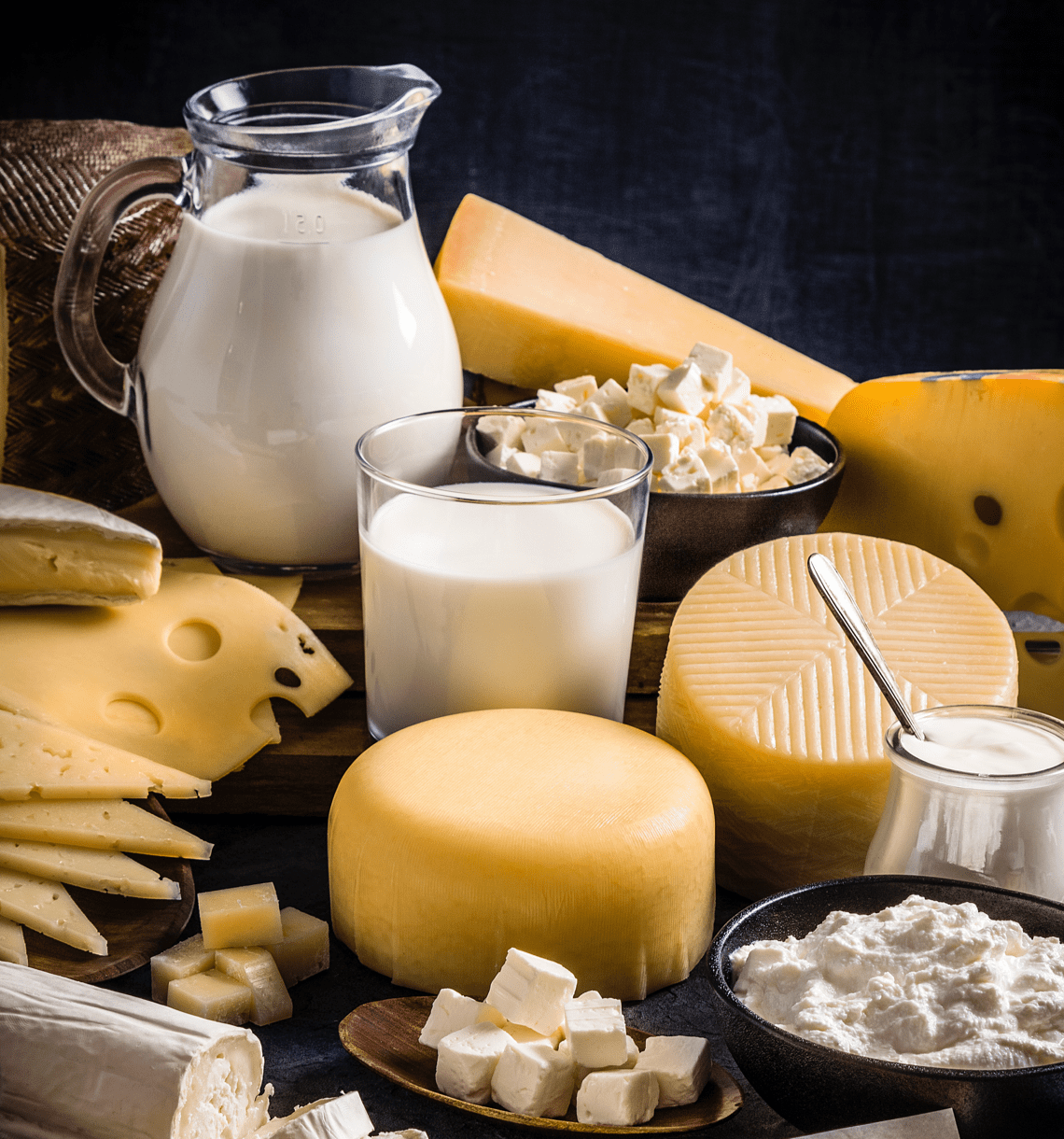
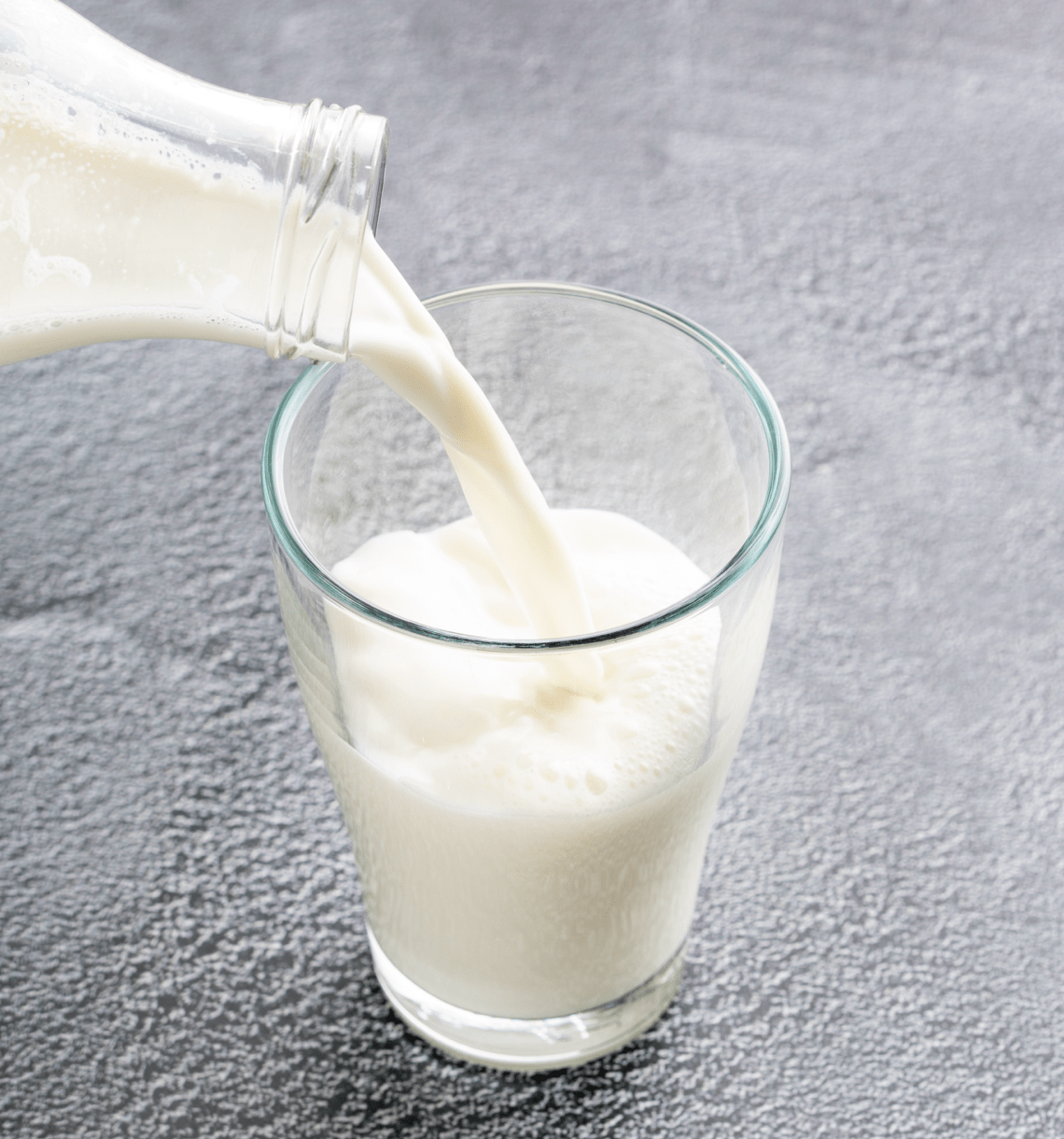
The whole of the cow milk industry will start to collapse once modern food technologies like Precision Fermentation have replaced the commercially valuable part of milk—its proteins, which account for account for just 3.3% of its content.

What is disruption?
A disruption occurs when new products and services create a new market and, in the process, significantly weaken, transform or destroy existing product categories, markets or industries.
Example: The digital camera destroyed the film camera industry. The modern car disrupted the horse and cart. Now, Precision Fermentation will disrupt the industrial livestock model of production.
What is cow’s milk made of?
Yeast + casein + water + whey (protein) + sugars + fats = milk.
Solid proteins (casein and whey) account for just 3.3% of milk’s overall composition, and can be replaced using Precision Fermentation.
The rest is made up of 87.7% water, 4.9% sugar (mainly lactose), 3.4% fats, and 0.7% vitamins and minerals.
How is Precision Fermentation used to create cow’s milk?
-
The gene responsible for the production of milk protein in cows is inserted into yeast.
-
This gene then instructs the yeast on how to produce the milk protein in an efficient way.
-
The protein and yeast combination is then placed in a fermentor, where it multiples quickly and produces many milk proteins (identical to the ones that cows produce.)
These milk proteins are the key building blocks of traditional dairy. These multiplied proteins are then combined with good vitamins, minerals, non-animal fat and sugar (therefore, there is no cholesterol or lactose) to form every kind of dairy product imaginable!
"The cow is by far the most inefficient food production technology on the planet. Milk is almost 90% water. 3.3% of milk is proteins and this is the commercially valuable part of dairy. Essentially if you disrupt 3% of a bottle of milk the dairy industry is gone."
- Tony Seba, Co-Founder, RethinkX
What will be the impact of this disruption on the dairy industry?
Precision Fermentation will bankrupt the dairy industry
Product after product that we extract from the cow will be replaced by superior, cheaper, novel alternatives.
This will trigger a death spiral of increasing prices and decreasing demand for the industrial cattle farming industry.
Around 35% of the products in the milk market are consumed as ingredients in many different products, from cakes and desserts to baby formula and sports supplements. These ingredients will be the first to be disrupted.
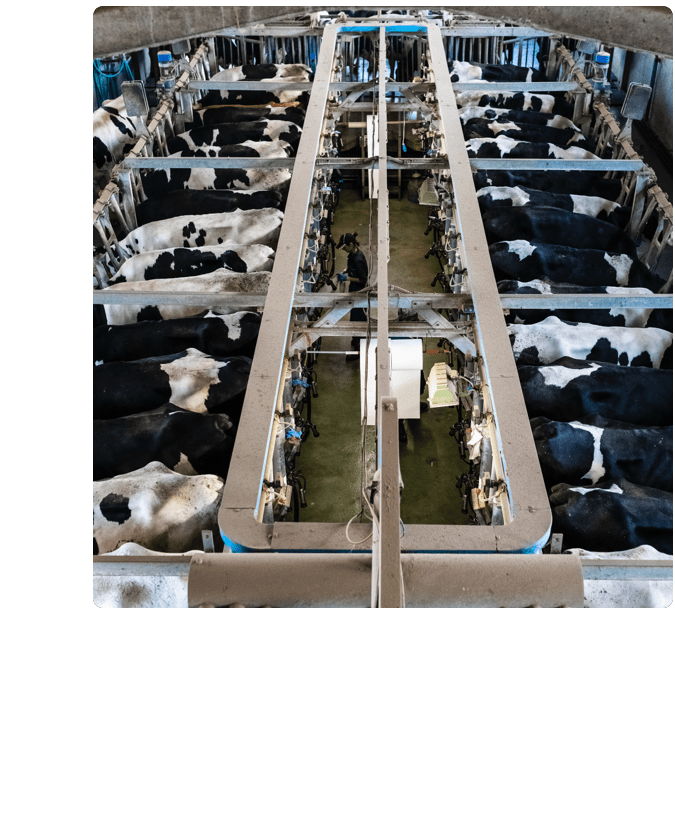
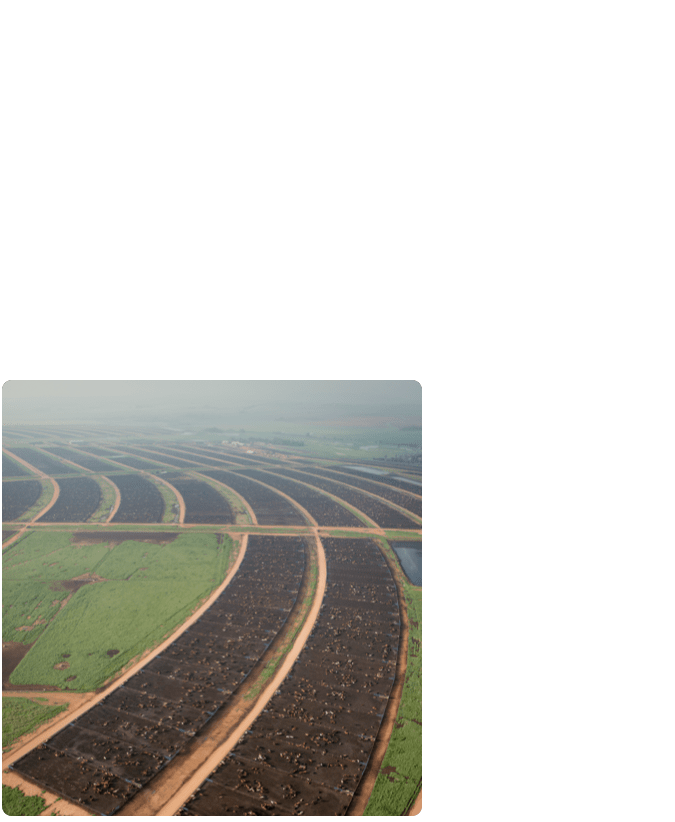
Production methods like Precision Fermentation will be up to 100 times more land efficient, 10-25 times more feedstock efficient, 20 times more time efficient and 10 times more water efficient. They will also produce less waste.
RethinkX predictions for the future of dairy
In our Rethinking Food & Agriculture (2019) report we predicted:
Cost parity with most animal-derived protein molecules will be reached by 2023-25
By 2030, modern food products will be higher quality and cost less than half as much to produce as the animal derived products they replace.
The cost of proteins will ultimately approach the cost of sugar.
Modern food production will disrupt the entire cow milk industry by replacing just 3.3% of its content with PF proteins.
Cow products will be the first to feel the full force of modern food’s disruptive power.
The disappearance of a third of industry revenues will be enough to push the primary milk production industry into bankruptcy.
By 2030, the number of cattle in the US will have dropped by 50%
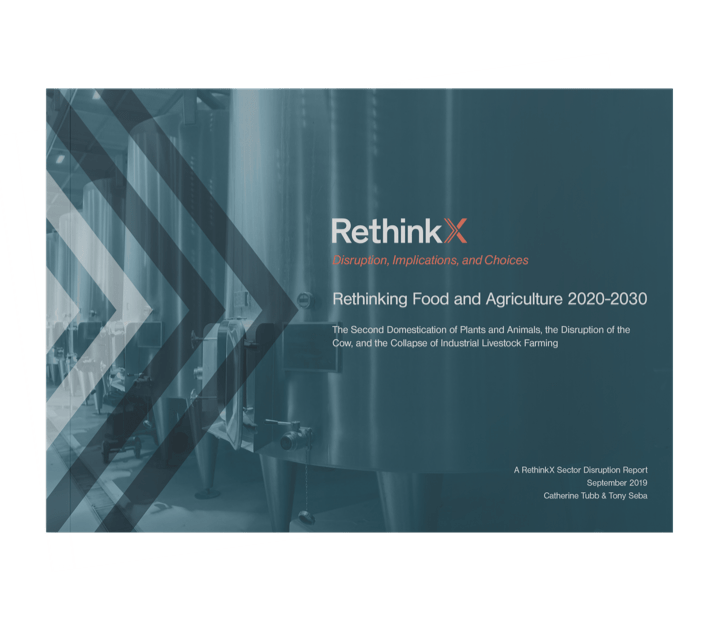
Featured Report
Uncover the Food & Agriculture disruption in greater depth
Download our Rethinking Food & Agriculture report




















-min-1.png?width=732&name=Copy%20of%20Website%20imagery%20-%20Featured%20Image%201200x628%20(3)-min-1.png)
-min-2.png?width=732&name=Copy%20of%20Website%20imagery%20-%20Featured%20Image%201200x628%20(2)-min-2.png)
-min-1.png?width=732&name=Copy%20of%20Website%20imagery%20-%20Featured%20Image%201200x628%20(4)-min-1.png)

